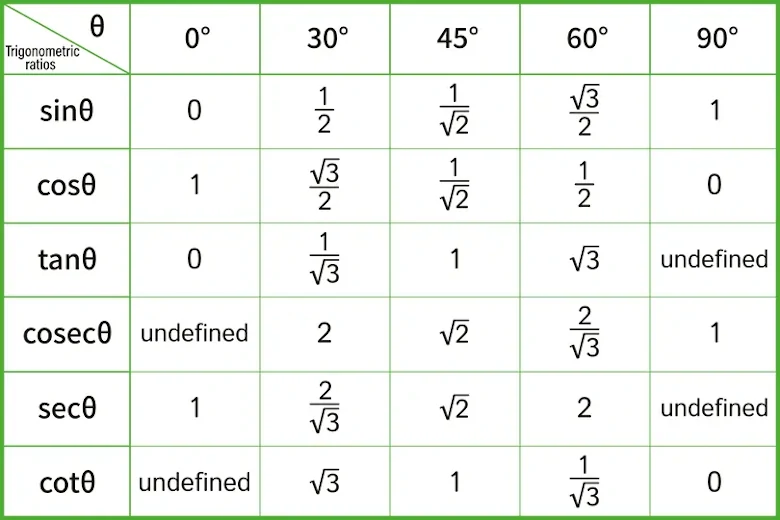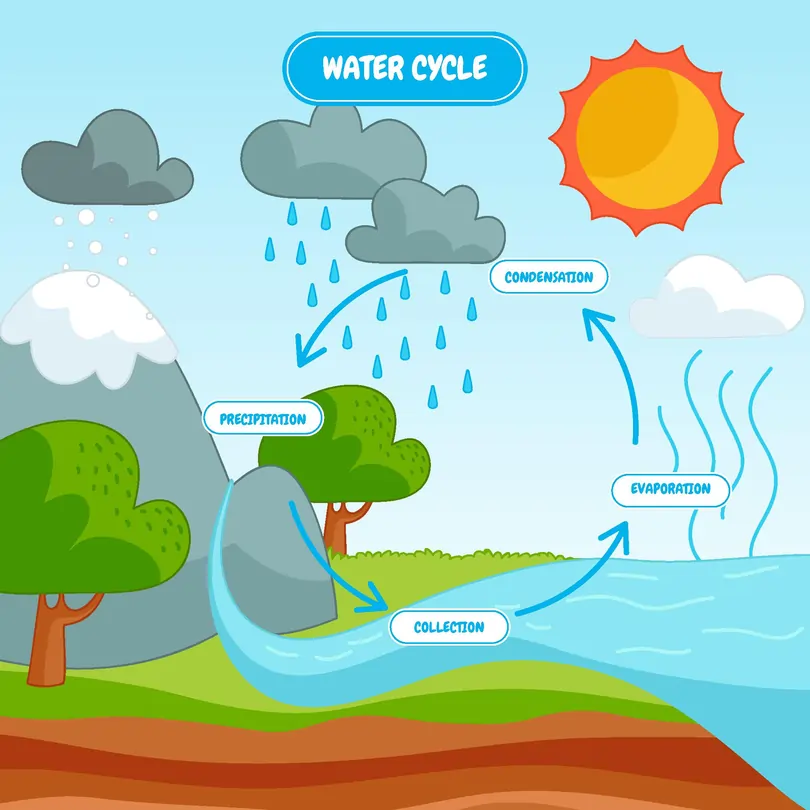10 Common Literary Devices you need to know

What Are Literary Devices
Literary devices are techniques you can use to convey meaning, create impact, and enhance the overall quality of your writing. They're great for adding depth and texture, letting you engage your readers on multiple levels. Learning how to spot literary devices and using them in your writing can make your essay sing.
So, here are 10 common literary devices beyond the familiar metaphor, analogy, and simile.
10 Common Literary Devices to know
#1 Allegory
An allegory is a narrative in which characters, events, or elements symbolise and represent abstract ideas, moral qualities, or real-world situations. It allows authors to convey complex themes or messages indirectly by using symbolism.
Example: A classic allegory by William Golding, ‘The Lord of the Flies’, a group of stranded children represents the innate human struggle between civilization and savagery.
#2 Alliteration
Alliteration is a literary device where successive words in a sentence or phrase begin with the same sound or letter. It's often used for poetic or rhetorical effect, creating a pleasing, rhythmic quality and making phrases more memorable.
Example: In the famous Harry Potter series by J.K. Rowling, the character Gilderoy Lockhart is known for his alliterative book titles, like ‘Magical Me’ and ‘Year with the Yeti’.
#3 Allusion
An allusion is a literary device that involves making indirect references to people, places, events, or works of literature, art, or history outside of the story. As allusions are often made to famous subjects, it’s assumed that the audience possesses the knowledge to recognise and interpret these references without additional explanation. Allusions can add depth and layers of meaning to a story, as they often bring in connotations associated with the referenced elements.
Example: Referring to someone as a ‘Romeo’ alludes to Shakespeare's character and suggests romantic qualities. Similarly, mentioning someone's ‘Achilles' heel’ alludes to the Greek myth of Achilles, highlighting a vulnerability.
#4 Anagram
An anagram is a new word or phrase formed through the rearrangement of letters in another word or phrase. It’s also known as a ‘word play’ and can be used to make puns or create interesting phrases.
Example: In the popular novel 'The Da Vinci Code' by Dan Brown, Professor Robert Langdon deciphers an anagram to uncover an important clue. The anagram 'O, Draconian devil' is revealed to be a rearrangement of the words 'Leonardo da Vinci'.
#5 Euphemism
A euphemism is a linguistic device in which a milder or more indirect word or expression is used to replace a harsh, blunt, or unpleasant one, often to make the language more polite, less offensive, or more socially acceptable. Euphemisms are frequently employed in sensitive or uncomfortable situations, such as discussing death, bodily functions, or controversial topics.
Example: For instance, saying someone has ‘passed away’ or ‘passed on’ can be a more sensitive way of saying the person has ‘died’. The same goes for ‘I’m using the restroom’ and ‘I’m taking a dump’, or ‘I’m letting you go’ and ‘I’m firing you’.
#6 Foreshadowing
Foreshadowing is a literary and cinematic device in which authors or filmmakers provide hints, clues, or suggestions about future events in a narrative. It serves to create anticipation, build tension, and engage the audience by subtly preparing them for what is to come.
Example: In the American classic novel ‘Of Mice and Men’ by John Steinbeck, the description of a dead puppy early in the story foreshadows the tragic events that will unfold later in the story. Similarly, in the movie ‘The Wizard of Oz’, the tornado that carries Dorothy to the Land of Oz foreshadows her journey and the challenges she will face, setting the stage for the rest of the movie.
#7 Imagery
Imagery is a literary device in which vivid language is used to create mental images and sensory experiences for the reader. It enables the reader to engage their senses, allowing them to see, hear, feel, smell, or taste the elements within a text.
Example: In Maya Angelou's ‘I Know Why the Caged Bird Sings’, the imagery of the Southern landscape, with its ‘powdery dirt roads’, ‘black-eyed peas’, and ‘thick green woods’, transports readers to the rural South.
#8 Paradox
A paradox is a literary device that involves a seemingly contradictory or self-contradictory statement or situation that, upon closer examination, reveals a hidden truth or a deeper layer of meaning. Paradoxes are used to challenge conventional thinking, provoke thought, or highlight the complexities of human experience.
Example: In Ernest Hemingway's award-winning novel 'A Farewell to Arms', the phrase 'The world breaks everyone, and afterward, some are strong at the broken places' highlights the paradoxical idea that suffering can lead to strength and resilience.
#9 Mood
Mood is the emotional atmosphere or overall feeling that a work conveys to the reader. It’s created through the author's choice of words, imagery, setting, and tone, and it plays a crucial role in shaping the reader's emotional response to the text.
Example: In Edgar Allan Poe's ‘The Raven’, the mood is one of melancholy and despair, intensified by the dark and foreboding setting. However, in Scott Fitzgerald's ‘The Great Gatsby’, the mood is a blend of nostalgia and disillusionment, reflecting the novel's exploration of the American Dream.
#10 Tone
Tone refers to the author's attitude or emotional stance toward the subject matter or audience of their work. It is conveyed through the choice of words, the style of writing, and the overall atmosphere of the text. Tone can be varied and can include elements such as humor, sarcasm, optimism, seriousness, or irony.
Example: 'The Adventures of Huckleberry Finn' by children's author Mark Twain, the tone is often humorous and lighthearted, reflecting the playful and adventurous spirit of the novel. While in Jane Austen's "Pride and Prejudice," the tone is often satirical and witty, portraying the social norms and hypocrisies of the characters.


 SG
SG  VN
VN 


















